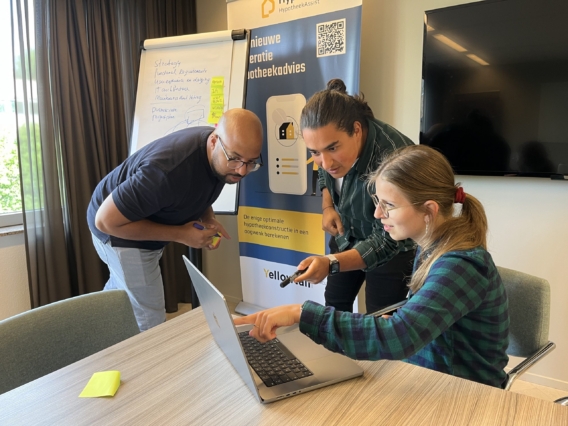What is double materiality analysis?
Let’s start at the beginning, because what are we actually talking about? Double materiality analysis is the core of the CSRD. It provides insight into both the financial impact of sustainability on your organization and the social impact of your activities. Although the basis of the concept seems logical, the implementation in practice during the lecture turns out to be anything but simple. Organizations encounter questions such as: “Which calculation method do we choose?”, “Which limit values do we use?” and “How do we record the results?” This freedom often leads to inefficiencies and ambiguities.
In addition, linking DMA results to the correct ESRS themes (European Sustainability Reporting Standards) is a source of frustration. Due to a lack of clear guidelines, companies have to make connections between data points themselves, which leads to duplication of work and an increased risk of errors.
The need for standardization
During the lecture at Nyenrode, everyone agreed: the complexity of the guidelines is an obstacle. Without clear connections between the data points of EFRAG (European Financial Reporting Advisory Group) and the ESRS themes, the process takes up unnecessary time and energy. Moreover, this makes it difficult to compare sustainability reports from different organizations and inconsistencies are lurking.
Our ESG tooling, Key Control Dashboard, played a central role during the session. The tooling structures and standardizes the double materiality analysis, so that you comply with the CSRD guidelines. It makes the process clear, reduces the error sensitivity and increases transparency and efficiency.
Working together for better solutions
The challenges surrounding CSRD emphasize the importance of collaboration and knowledge sharing. As became clear during the lecture, there is a great need for standardized solutions, practical tools and handles. By sharing experiences and best practices, organizations can strengthen each other and prevent everyone from reinventing the wheel.
With our ESG solutions we make this practical: we combine standardized tools with an approach that suits your organization. This way, you not only get the most out of your reporting, but you also build transparency and trust.
Curious about how our ESG solutions can support your organization with CSRD and double materiality analysis? Get in touch with Edwin Lodder – he’ll be happy to tell you more!



















